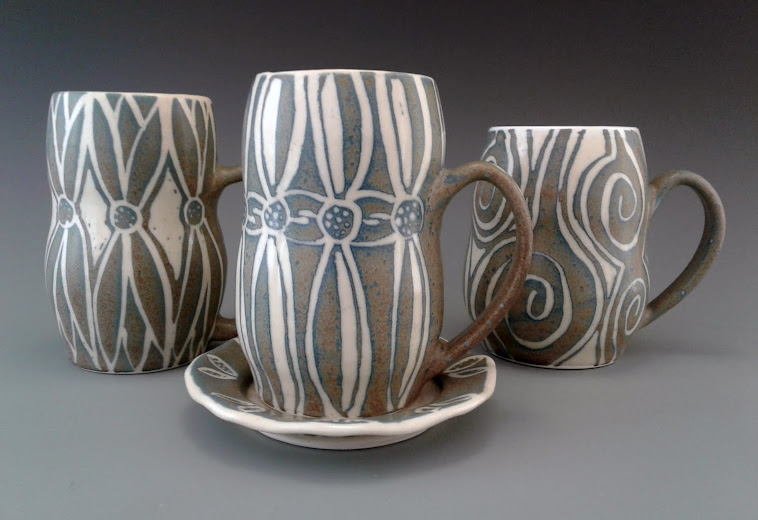On Wednesday, April 6th, I finally drove to Philadelphia with plans to see the Barnes Collection in Merion and Fonthill in Mercer Pennsylvania. I wanted to see Fonthill for some 30 years and I had to see the Barnes collection before the collection moved to the Philadelphia Museum of Art.
I arrive at the Bed & Breakfast about 7:00 P.M. Eat dinner and off to bed.
Thursday morning, I drive over to Merion to see the Barnes Collection. After watching the documentary, The Art of The Steal, I decided I had to see this collection before it moved to the Philadelphia Museum of Art. Dr. Albert Barnes worked as a chemist and invented and manufactured silver based compounds to fight infections. He also loved art. His work as a chemist created great monetary funds which allowed him to collect art. Dr Barnes began collecting great works of art in the early 1900's. Matisse, Picasso, Cezanne, Prendergast and Leger are some of the artists in the Barnes Collection (all collected before they became famous). The collection is fabulous! I can barely digest what it is I saw. The collection also has several very large Native American pots. The vessels are about 2.5 Ft. round made of earthenware clay and the brushwork masters the linear repetition of shape and primitive animals these vessels are know for. The collection is displayed a bit quirky and unpretentious as Dr. Barnes personal aesthetics arranged the placement of the objects. Everything is hung more in the French Salon style rather than the Museum style. I loved seeing Dr. Barnes original placement of the objects. I hated the poor lighting. This collection is a must see. Unfortunately the museum allows no "picture taking".
After seeing the Barnes Collection, I drove back to Philadelphia to the Clay Studio and saw the current dinner works show. What a treat! Next, off to see Neil Patterson and Sandi Pierantozzi at their studio. Their studio is very close to the Philadelphia Museum of Art and worth the visit. It is important to see how artists financially function in this world. Neil and Sandi work very hard. They purchased a building and on the first floor is their studio, the second floor, is a classroom where they teach classes and the third floor houses a renter. Below is a small plate I bought at the studio that Neil made.
 |
| Small Plate by Neil Patterson |
By the way, driving in Philadelphia makes me very anxious. I become this high energy warrior just to get to the next place. Everyone drives 45 in 25 mile zones on windy streets like Lincoln Blvd.
Anyway, back to the Bed and Breakfast which has soothing cats that like to sit on your lap. Another quick dinner and a movie and then off to bed.
 |
| Moravian Tile purchased at Moravian Tile Works 2011 |
The next morning I head to Mercer to see Fonthill. Henry Chapman Mercer built Fonthill. Mercer was an archaeologist (among other things) and loved clay. He started Moravian Tile Works. His home, Fonthill, is a castle like home and was built out of cement and tiled with Moravian Tiles. The tiles are everywhere, ceiling, floor and walls. Mercer inherited his money which permitted him to pursue archeology and the historical documentation of years gone by. It makes sense that an archaeologist would love clay as so many clay objects are found in digs. So, I was able to go on a tour of Fonthill and visit the tile works. Maybe next time I can visit the Mercer Museum.
On the way home, I decided to stay off the turnpike which is very expensive these days and take some back roads. I meandered through Doylestown and Quakertown heading North West until getting on some main roads that led me back home.
Concept to Creation,
Theresa Yondo





